Capital of Lombardy and the leading metropolis of Northern Italy in terms of economic importance and international recognition, Milan is also the World Capital of Fashion and Design, as well as an eclectic city full of charm.
Here, we can visit iconic attractions of extraordinary artistic value, such as the Duomo or the Last Supper by Leonardo da Vinci. But we can also immerse ourselves in the traditional Milanese culture, enjoying excellent food and the inevitable aperitifs, while exploring the various neighborhoods in search of the most authentic and hidden spots, little known by mass tourism.
So, without further ado, let’s start our journey in this unique and special city, discovering together the best places to visit in Milan with a 3-days itinerary that will take us to the heart of the Lombard metropolis.
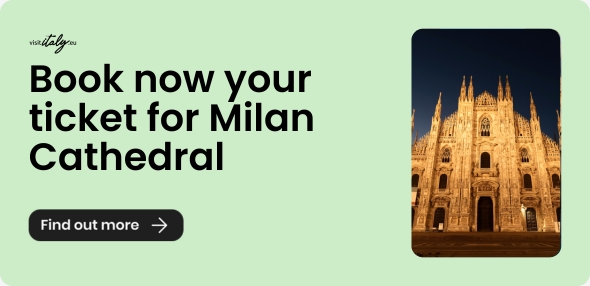
A 3-day journey to discover the places to visit in Milan amidst art, tradition and entertainment.
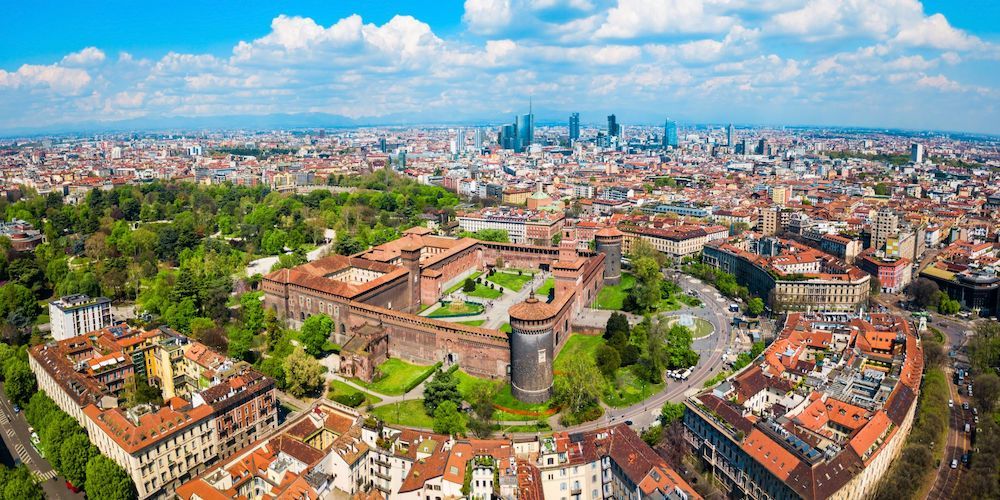
The heart of Milan lies in the extraordinary setting of Piazza del Duomo, a splendid place rich in attractions and folklore, perfect to start our visit of the city.
Here, however, we won’t limit ourselves to exploring the most well-known tourist sites, but we we’ll also discover some hidden cultural gems, less frequented but no less fascinating and significant from a historical point of view.
Then we’ll continue our journey through the places to visit in Milan by getting to know its extraordinary artistic heritage, from the Brera district to the Last Supper by Leonardo da Vinci, passing through the Castello Sforzesco.
Finally, on the third and last day of our visit, we’ll find out the city's more modern and passionate side, appreciating its skyline and the iconic San Siro Stadium.
We’ll also discover how important Milan's gastronomic tradition is, as well as its nightlife, which makes it a vibrant metropolis full of emotions and experiences to be lived.
Explore Milan through a bus sightseeing tourDay 1. Places to visit in Milan in the area of Piazza del Duomo
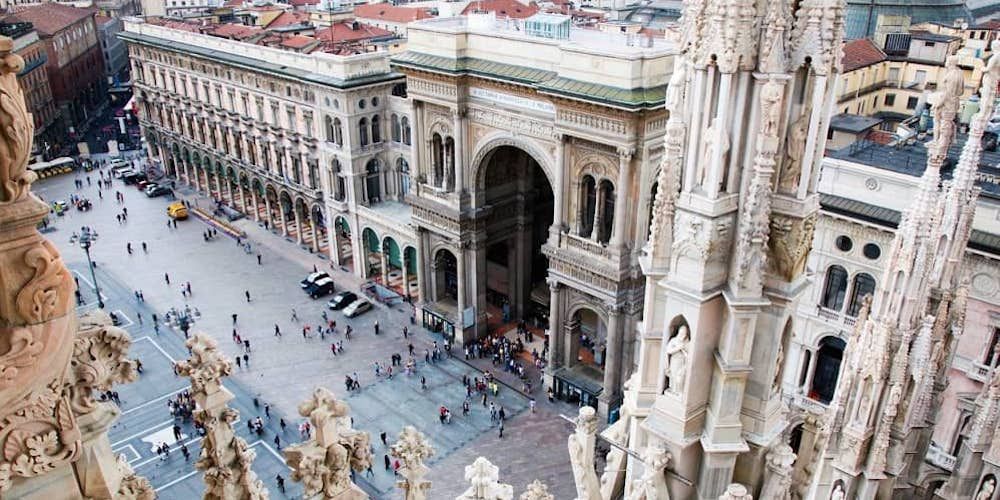
Also in Piazza del Duomo, next to the Royal Palace building, you will find the Museo del Novecento: upon entering, in addition to the intrinsic beauty of the exhibited works, we’ll embark on an immersive journey into 20th-century contemporary art, thanks to an excellently curated and enjoyable exhibition path.
At this point, let's take a moment to relax and find a good place to have lunch in the pedestrian area of via Dante, before dedicating the afternoon to exploring three lesser-known sites, which are not usually at the top of the list of places to visit in Milan, but are instead very suggestive spots that absolutely deserve to be seen.
The first stop is the Biblioteca Ambrosiana, not far from Piazza del Duomo. It's a splendid building from the early 17th century housing a Library and an Art Gallery, with extraordinary works by artists such as Leonardo, Raphael, Botticelli, and others.
Let's not forget to explore what lies beneath the library itself: the Crypt of San Sepolcro, built above the ancient Roman Forum discovered during an excavation campaign conducted below the ancient Ambrosiana cellars.
We then move from the Roman era to the late 15th century by crossing via Torino, one of the city's shopping streets, and visiting the Church of Santa Maria presso San Satiro. Commissioned by Duke Gian Galeazzo Sforza and later continued by Ludovico il Moro, it houses a small treasure, namely Donato Bramante's apse.
Or rather, it doesn't actually contain it: the actual apse doesn't exist due to lack of space, but through the use of reliefs and terracotta moldings, Bramante created an illusory perspective that represents the true masterpiece of this place, which remains hidden, despite being in one of the busiest areas of Milan, and which reveals its charm to those who have the patience and willingness to find it amidst one commercial establishment and another.
The last stop of the day will be the Sanctuary of San Bernardino alle Ossa, another small Milanese gem located a few hundred meters away, in Piazza Santo Stefano.
Here the decorations adorn the pillars and embellish the doors, in a decorative motif where the macabre merges with the grace of the rococo. It’s an enigmatic place and, at the same time, unsettling and extremely fascinating.
We conclude the day by returning to Piazza del Duomo and strolling through the wonderful Galleria Vittorio Emanuele II, before going up to the top floor of the Rinascente department store to enjoy a magnificent view of the Duomo and savor a typical Milanese aperitivo on the beautiful terrace.
Day 2: Artistic highlights in Milan: Brera, Castello Sforzesco, Last Supper by Leonardo da Vinci
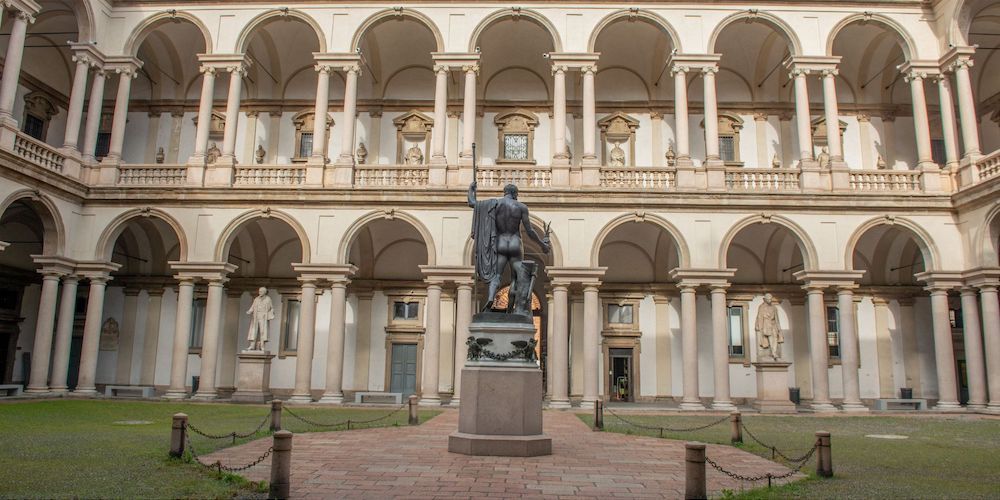
Let's start from the quintessential art district: Brera. We can easily reach Brera from Piazza del Duomo, first crossing the Galleria Vittorio Emanuele II and then Piazza della Scala, where, in addition to the famous theater, it’s also located the Milanese headquarters of the Gallerie d’Italia.
Inside this splendid palace, which once housed a bank, we can find excellent 19th and 20th-century artworks (from Hayez and Romanticism to Fontana and Manzoni). Let's not forget, passing through the bag and backpack deposit, to take a peek at the old vault through the metal gate!
Once we continue our journey and arrive in Brera, we can visit another excellent Milanese museum, the famous Pinacoteca, which houses important and internationally renowned works such as “Lamentation of Christ" by Andrea Mantegna or "The Kiss" by Francesco Hayez.
The neighborhood, which also houses the famous Accademia di Belle Arti, is the ideal place to stop for lunch and enjoy typical Milanese dishes in one of the traditional trattorias of the area.
In the afternoon, let's move towards the nearby Castello Sforzesco: the imposing building is an excellent museum complex, inside which collections ranging from ancient Egypt to musical instruments, to Leonardo Da Vinci, are preserved. The most interesting section to visit is perhaps the Museo della Pietà Rondanini, where we can take a look at Michelangelo's unfinished masterpiece.
The last stop of this second day features one of Milan's iconic places: the Museo del Cenacolo Vinciano, where we can admire "The Last Supper," Leonardo da Vinci's immortal masterpiece. It’s essential to book the visit in advance, preferably choosing a guided tour, to discover all the secrets of this extraordinary work and make the most of our visiting experience.
Book your guided tour ticket for The Last SupperDay 3. From San Siro to the UniCredit Tower: places to visit in Milan between architecture and passi
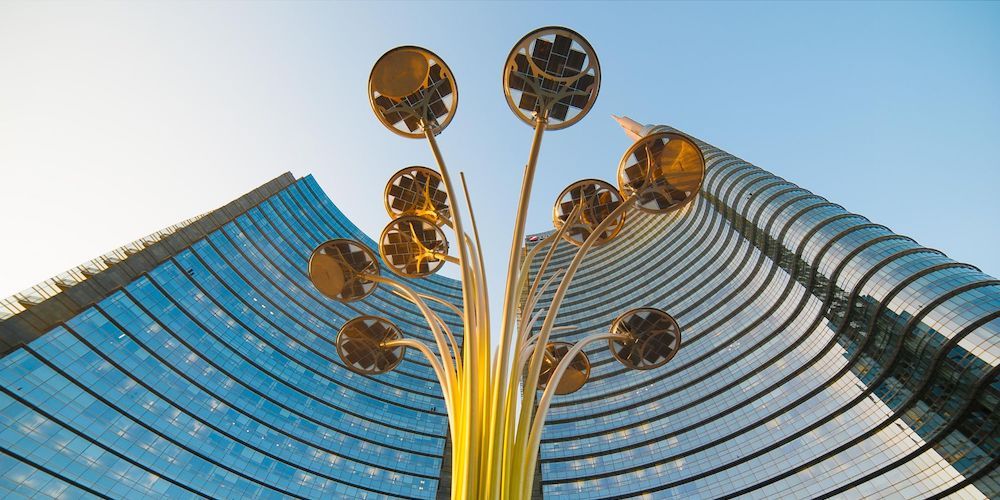
Let's start the last day of our trip to Milan by using the M5 metro line (Lilla Line) to reach the Giuseppe Meazza Stadium, better known as San Siro (named after the neighborhood in which it was built in the mid-1920s).
San Siro is an icon of Milan, representing its most passionate soul, and Milanese people have been flocking there every week for almost a century to witness the feats of AC Milan and Inter Milan, the two main football teams in the city.
Beyond the undeniable architectural beauty of the building, what makes this stadium one of Milan's most visited attractions is the tradition we can breathe inside.
Sporting events are intertwined with the city's history, especially during the so-called "Derby della Madonnina": especially until the 1980s, there was a clear distinction between the two fanbases, with the proletarians of the Casciavìt (AC Milan) challenging the Bauscia of the posh neighborhoods of Milan (Inter Milan). Visiting San Siro allows us to experience the most authentic and popular side of Milan.
Afterwards, let's take the M5 metro line again and head to the modern commercial area of City Life, at the Tre Torri stop. This is a true shopping district rich in gardens and very popular with families in spring and summer. Here we can have lunch and take a relaxing walk in one of the cleanest and quietest areas of Milan.
Then, still using the same metro line, we travel 5 stops to reach the Milan Porta Garibaldi station, where we can admire the skyscrapers towering over the characteristic Piazza Gae Aulenti, such as the UniCredit Tower, Italy's tallest skyscraper at 231 meters.
From the square, we can easily head to the green space of the Biblioteca degli Alberi di Milano, where the picturesque residential complex of Bosco Verticale is also located.
At this point, to conclude our 3-day itinerary in Milan on a high note, let's return to the area of Piazza del Duomo (we can take the M3 Yellow Line of the metro from the Repubblica stop, not far from the Biblioteca degli Alberi) and spend the remaining afternoon shopping among the bustling shops of Corso Vittorio Emanuele II and the luxurious boutiques of Via Monte Napoleone.
Live Milan’s football passion at the Museo Mondo MilanEating during the 3 days in Milan: what's for dinner?
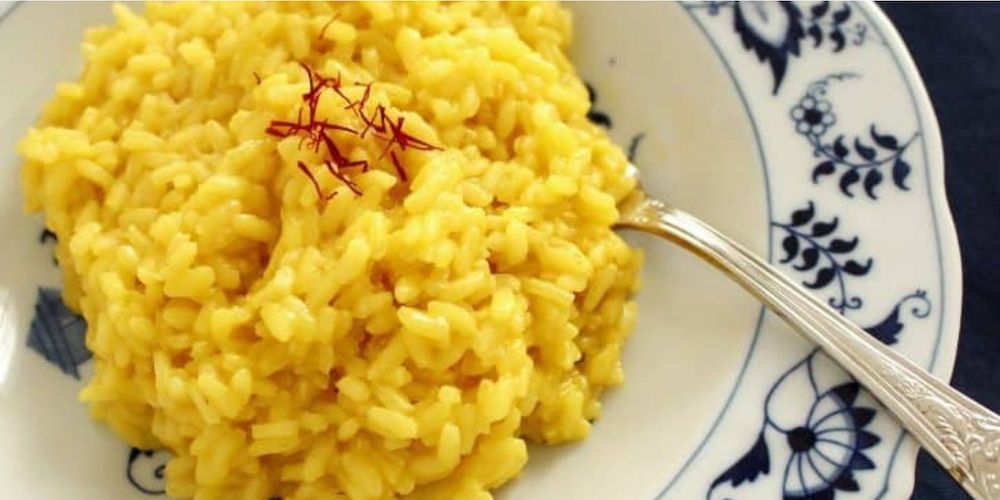
Milan offers some typical and tasty specialties, starting with the famous Risotto with Saffron, a savory dish famous worldwide, made with butter, beef broth, marrow, and of course, saffron, which gives the classic yellow color that distinguishes it.
And how could we not mention the famous Cotoletta alla Milanese, made from veal cutlet and served strictly with the bone. This recipe, very similar to the Viennese Wiener Schnitzel, was not imported during the Austrian domination. Rather, it’s the other way around: the Cotoletta alla Milanese is the original dish that was later used as inspiration for the Viennese Schnitzel itself.
In winter, it's worth trying the Cassoeula, a humble dish from the Lombard tradition made with cabbage and pork meat (snout, ribs, rind, trotters).
Finally, besides dinner, let's not forget to try what represents a true Italian institution: the aperitivo, or even better, the typically Milanese apericena, which involves the setting up of more or less lavish buffets that we can enjoy in the various nightlife districts of the city.
Try the authentic aperitivo and Milanese street foodThe neighborhoods of Milan's nightlife
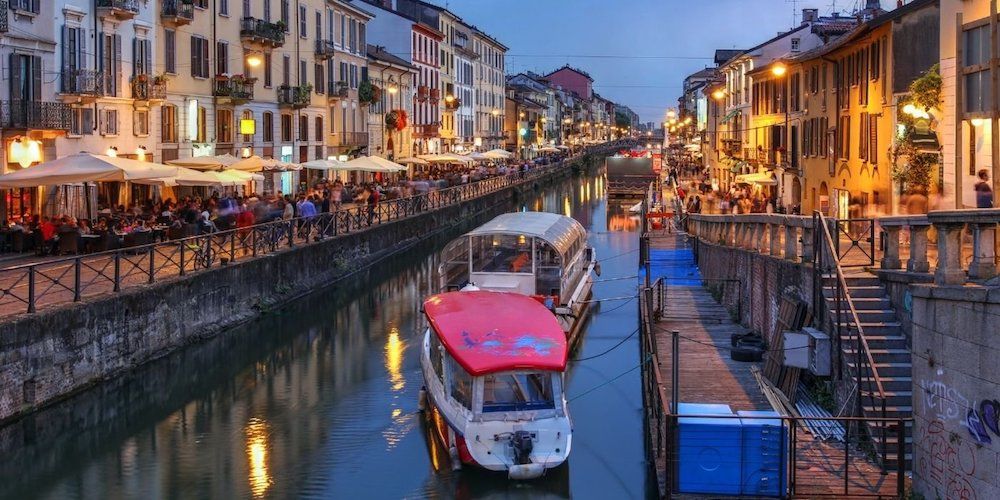
Speaking of Milan's nightlife, let's end on a high note by exploring the trendiest areas for nightlife in the city. We've already highlighted how Milan is a vibrant metropolis full of activities to do and experiences to live at any time of the day or night.
The Navigli district is probably the most fashionable in this regard, bustling with both tourists and locals strolling along the canals or artificial water basins (such as the Darsena), amidst restaurants, bars and pubs, savoring a suggestive and lively atmosphere in a young and, at sunset, also very romantic setting.
If we love to party until late at night, we can spend the evening dining in the Isola district, where many characteristic and popular restaurants and pubs have emerged in recent years, and then throw ourselves into the nightclubs of Corso Como. Both Isola and Corso Como are located a short distance from Porta Garibaldi station.
Another district not to be missed, especially for enjoying excellent aperitifs, is NoLo (North Loreto), another area that has recently developed into a cool and popular spot among the younger crowd.
About the author
Written on 16/02/2024

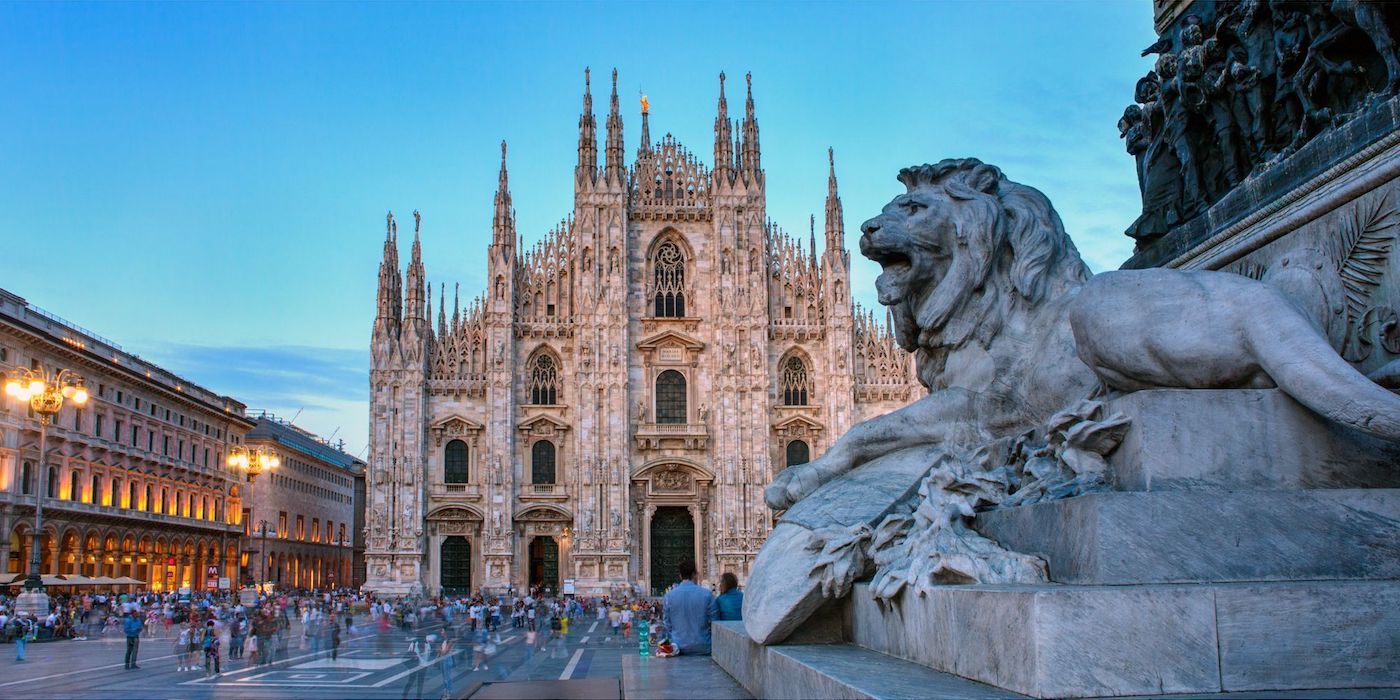

Alessia Levati
Historical sites, hidden treasures, trendy districts: discover the places to visit in Milan in 3 days to live a unique journey in the Lombard capital.